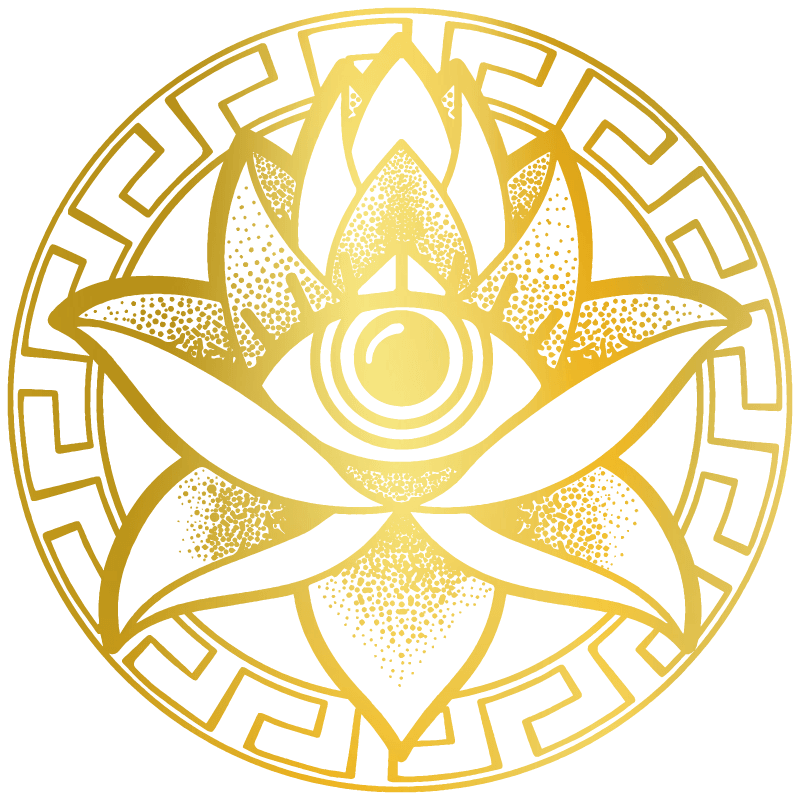The blue lotus flower is an ancient symbol that has captivated cultures across the world for centuries. Its stunning appearance and mystical associations have inspired art, literature, and spiritual practices from ancient Egypt to modern times. But what does a blue lotus flower mean? This guide dives deep into its symbolism, uncovering the layers of meaning that make this flower so revered.
Ancient Egyptian Symbolism of the Blue Lotus
In ancient Egypt, the blue lotus (Nymphaea caerulea) was more than just a beautiful plant; it was a sacred symbol closely associated with the sun, rebirth, and spiritual enlightenment. The Egyptians believed that the blue lotus was connected to the sun god Ra, as the flower would close at night and reopen at dawn, symbolizing the cycle of death and rebirth. This daily blooming cycle made the blue lotus a powerful symbol of regeneration, renewal, and the eternal nature of the soul.
The flower is often depicted in ancient Egyptian art, particularly in religious and funerary contexts. Pharaohs and gods were frequently portrayed with blue lotus flowers, emphasizing the connection between the divine and the mortal world. The flower was also linked to the afterlife, believed to help guide souls on their journey to the next life.
Spiritual and Medicinal Significance
Beyond its aesthetic and symbolic appeal, the blue lotus flower has been used in spiritual and medicinal practices for centuries. In ancient Egypt and other cultures, the blue lotus was known for its psychoactive properties, producing mild euphoria and relaxation when consumed as tea or in other preparations. This made it a popular tool for spiritual ceremonies and meditative practices, helping individuals connect with higher states of consciousness.
Today, the blue lotus is still valued in holistic and alternative medicine for its calming effects. Its ability to induce relaxation has made it popular for stress relief, meditation, and promoting restful sleep.
Blue Lotus in Eastern Philosophies
In Eastern traditions, particularly within Hinduism and Buddhism, the lotus flower is a significant symbol of spiritual awakening and purity. While the more commonly referenced lotus in these traditions is white or pink, the blue lotus also carries deep meaning. It is often seen as a representation of wisdom, knowledge, and the triumph of the spirit over materialism.
In Buddhist symbolism, the blue lotus is associated with the victory of the spirit over the senses and represents wisdom and knowledge. Unlike other lotus flowers that open fully, the blue lotus is often depicted partially open, symbolizing the endless pursuit of learning and the understanding that enlightenment is a gradual process.
Blue Lotus in Modern Symbolism
In contemporary times, the blue lotus continues to be a symbol of tranquility, wisdom, and spiritual growth. Its unique beauty and historical significance have made it a popular design in jewelry, art, and tattoos. People are often drawn to the blue lotus for its association with peace, relaxation, and the journey toward higher knowledge.
For those practicing mindfulness and meditation, the blue lotus serves as a reminder of inner growth and the importance of staying connected to both the physical and spiritual realms. Its timeless message of rebirth, purity, and enlightenment resonates with individuals seeking meaning and balance in their lives.
Conclusion: The Meaning of the Blue Lotus Flower
So, what does a blue lotus flower mean? It is a symbol of spiritual enlightenment, wisdom, and rebirth. Its historical roots in ancient Egypt and its continuing influence in modern spiritual practices highlight its enduring significance. Whether used for its calming properties or admired for its beauty, the blue lotus remains a powerful emblem of transformation and inner peace.
If you’re exploring spiritual symbolism, seeking a meaningful tattoo design, or simply curious about the history of this remarkable flower, the blue lotus offers a wealth of meaning that resonates across cultures and eras.

